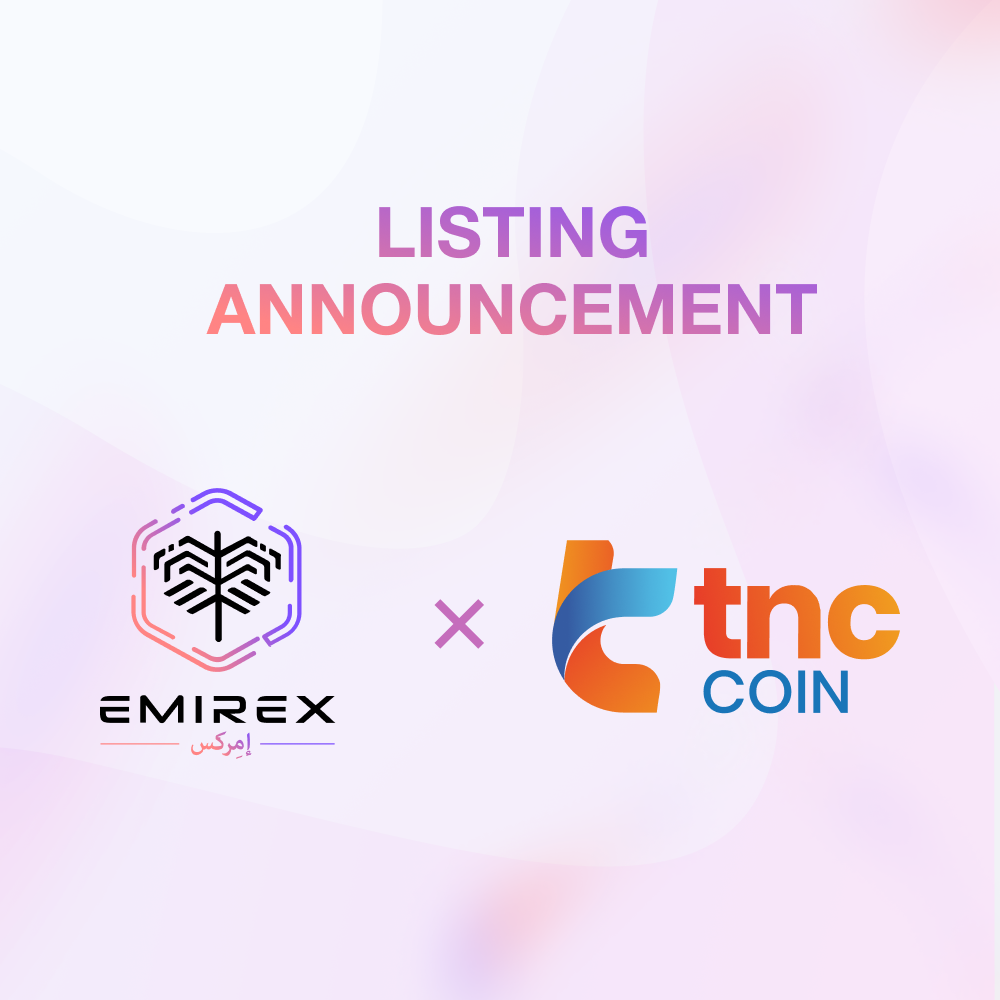Brief:
- A market order simply buys or sells stock at current market prices until it is filled.
- A limit order sets a price at which the order must be filled; however, if the limit is set too high or low, there is no assurance that any or all of the order will trade.
- Different sorts of orders can be utilized to trade stocks more successfully depending on your investment style.
- Stop orders, which are a form of market order, are activated when a stock goes above or below a specific level; they're commonly employed to protect against greater losses or lock in profits.
To purchase or sell stocks, popular order types include market orders, limit orders, and stop orders. Knowing what orders to employ to take control of your portfolio is essential.
Many investors prefer to purchase and sell stocks for themselves online rather than paying hefty commissions to advisers to conduct trades as a result of the growth of digital technology and the internet. However, before you begin buying and selling stocks, you must first comprehend the various sorts of orders and when each is acceptable. We'll go through the different sorts of stock orders and how they may help you with your investment strategy in this post.
Market Order vs. Limit Order
The market order and the limit order are the two primary types of orders that every investor should be familiar with.
Market Orders
The most fundamental form of transaction is a market order. It's a purchase or sell order that's placed right now at the present price. If you're planning to acquire a stock, you'll usually pay a price that's close to or equal to the stated ask. If you want to sell a stock, you'll get a price that's close to or equal to the posted bid.
It's crucial to keep in mind that the latest traded price isn't always the price at which the market order will be fulfilled. The price at which you execute (or fill) the deal might differ from the last traded price in fast-moving and turbulent markets. Only when the bid/ask price is precisely the same as the previous traded price will the price stay the same.
Market orders don't guarantee a price, but they do ensure that the order is filled right away.
Individual investors who wish to purchase or sell stock quickly sometimes use market orders.
Market orders have the benefit of ensuring that the deal is filled; in reality, it will be completed as quickly as feasible. Market orders for companies that trade over tens of thousands of shares per day will likely be executed close to the bid/ask prices, even if the investor doesn't know the precise price at which the stock will be purchased or sold.
Limit Orders
A limit order, also known as a pending order, enables investors to purchase and sell assets at a predetermined price in the future. This sort of order is used to execute a transaction if the price reaches a predetermined level; if the price does not reach this level, the order will not be executed. A limit order, in essence, establishes the maximum or minimum price at which you are ready to purchase or sell.
If you wanted to acquire stock for $100, for example, you might place a limit order for that amount. This indicates that you would not spend a penny more than $100 for such stock. However, it's still conceivable that you'll be able to get it for less than the order's minimum price of $100 per share.
The Four Types Of Limit Orders
- A buy limit order instructs you to acquire security at or below a specific price. Limit orders must be placed on the proper side of the market to achieve their goal of price improvement. This refers to placing a purchase limit order at or below the current market bid.
- A sell limit order instructs you to sell a security at or above a certain price. The order must be made at or above the current market ask to secure a better price.
- A buy stop order instructs you to purchase a security at a price higher than the current market bid. Only once a certain price level is reached does a purchase stop order become active (known as the stop level). Orders put above the market are known as buy stop orders, while orders placed below the market are known as sell stop orders (the opposite of buy and sell limit orders, respectively). When a stop level is achieved, the order is changed to a market or limit order right away.
- A sell stop order instructs you to sell a security at a price lower than the current market ask. A sell stop order, like a purchase stop, becomes active only when a certain price level is achieved.
Market and Limit Order Costs
Investors should be mindful of the additional expenses when selecting between a market or limit order. Market orders, on average, have lower commissions than limit orders. The difference in commission might range from a few pennies to more than ten dollars. When you set a limit limitation on a market order, for example, a $100 commission might be increased to $150. Make sure your limit order is profitable before you put it.
Let's suppose a market order costs $5 and a limit order costs $10 at your broker. You wish to acquire stock ZYX at $39.90 per share, which is now trading at $40 per share. You pay $400 (10 shares x $40 per share) plus a $5 commission on a market order to buy 10 shares, for a total of $405. You would spend $399 + $10 fees for a total of $411 if you placed a limit order for 10 shares at $39.90.
Even if you save a little money by buying the stock at a lower price (10 shares x $0.10 = $1), you lose it in the additional order charges ($5), a $4 difference. Furthermore, it is conceivable that the stock does not fall below $39.90 or less in the case of a limit order. As a result, if it continues to increase, you may miss out on the chance to buy.
Additional Stock Order Types
Now that we've covered the two major orders, let's look at some of the additional limits and specific instructions that many brokerages enable on their orders:
Stop-Loss Order
One of the most helpful orders is a stop-loss order, which is also known as a halted market, on-stop buy, or on-stop sell. Unlike limit and market orders, which become active as soon as they are entered, this order remains inactive until a specific price is reached, at which point it is triggered as a market order.
If a stop-loss sell order was put on ZYX shares at $35 per share, for example, the order would be inactive until the price hit or fell below $35. After then, the order would be converted to a market order, and the shares would be sold at the best available price. If you don't have time to constantly monitor the market but need to protect yourself from a significant downward move, you should consider utilizing this sort of order. Before you go on vacation, a stop order is a smart idea.
Stop-Limit Order
These are similar to stop-loss orders, but they have a limit on the price at which they will execute, as the name implies. A stop-limit order specifies two prices: the stop price, which converts the order to a sell order, and the limit price. Instead of being a market order to sell, the sell order becomes a limit order that will only execute if the price is equal to or better than the limit price. Stop-loss orders, which can be triggered during a flash crash when prices drop but then rebound, maybe mitigated as a result of this.
Take Profit
When a transaction reaches a specific level, a take profit order (also known as a profit target) is used to close it out at a profit. The position is closed when a take-profit order is executed. This sort of order is always linked to a pending order's open position.
All of these types of orders are not supported by all brokerages or online trading platforms. If you don't have access to a certain order type that you want to utilize, check with your broker.
All or None (AON)
This sort of order is very crucial for penny stock investors. If you place an all-or-none order, you'll either get the whole quantity of merchandise you requested or none at all. When a stock is highly illiquid or a limit is imposed on the order, this is usually an issue. If you place an order for 500 shares of ZYX but only 250 are available, an all-or-none limitation implies your order will not be completed until at least 500 shares at your desired price are available. Your 500 share purchase will be partially completed if you don't specify an all-or-none restriction.
Immediate or Cancel (IOC)
An IOC order requires that the portion of an order that can be filled in the market (or at a limit) in a very short time frame, frequently only a few seconds or less, be filled first, followed by the cancellation of the remainder of the order. If no shares are traded within that "immediate" time frame, the order is entirely canceled.
Fill or Kill (FOK)
This order combines an AON with an IOC specification; in other words, it requires the whole order size to be traded in a very short period, usually a few seconds or less. The order is canceled if neither requirement is satisfied.
Day
If you don't use the GTC command to define an expiry period, the order will generally be placed as a day order. This implies that the order will expire after the trading day. You'll have to re-enter it the next trading day if it isn't transacted (filled).
Good 'Til Canceled (GTC)
This is a time limit that you may set for certain orders. A good-until-canceled order will be in effect until you cancel it. Brokerages usually limit the amount of time an order can be open to 90 days.
The Bottom Line
Individual investing requires understanding the difference between a limit and a market order. There are occasions when one or the other will be more appropriate, and your investing strategy will also impact the order type.
A long-term investor is more likely to use a market order because it is less expensive, and the investment decision is based on fundamentals that will play out over months and years, so the current market price is less important.
A trader, on the other hand, is trying to act on a shorter-term trend in the charts and is therefore much more aware of the market price paid; in this instance, a limit order to buy in with a stop-loss order to sell is generally the absolute minimum for establishing a trade.
You can identify which order matches your investing needs, saves you time, minimizes your risk, and, most significantly, saves you money by understanding what each order does and how it could impact and affect your trading.






